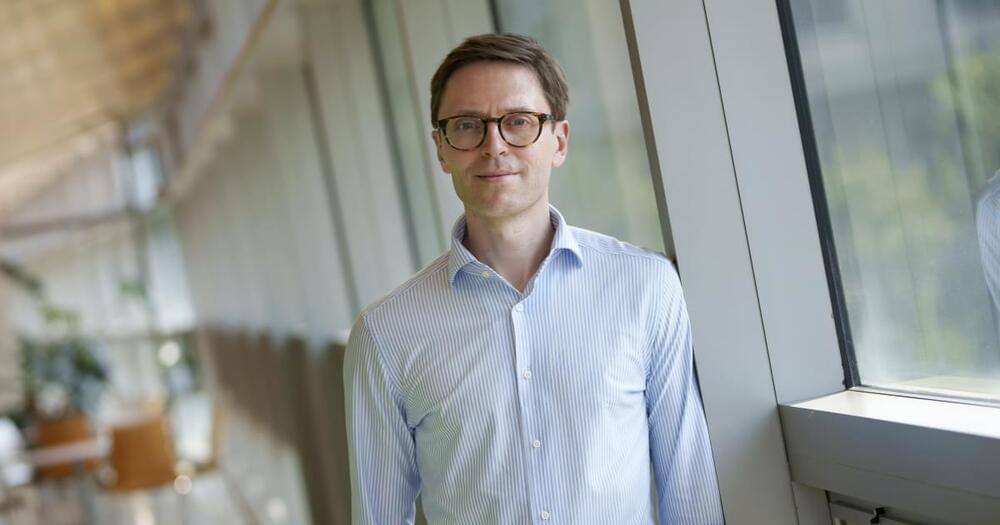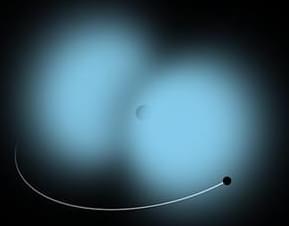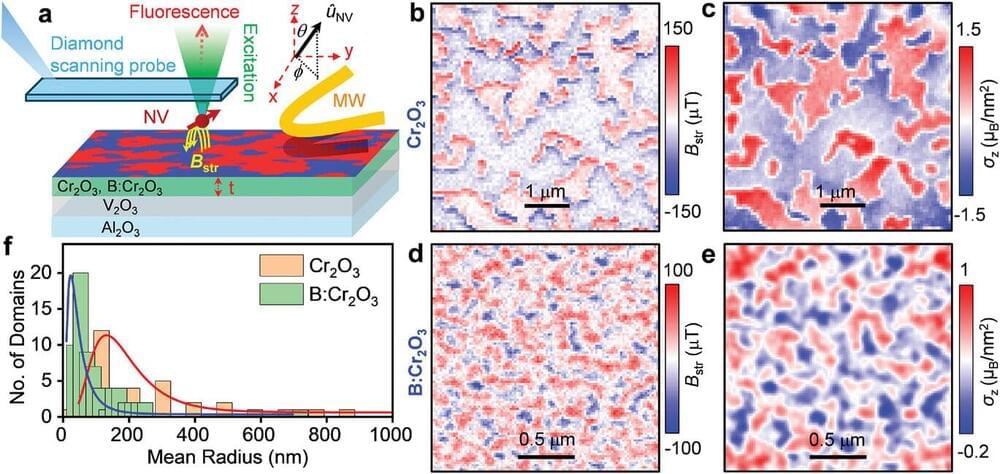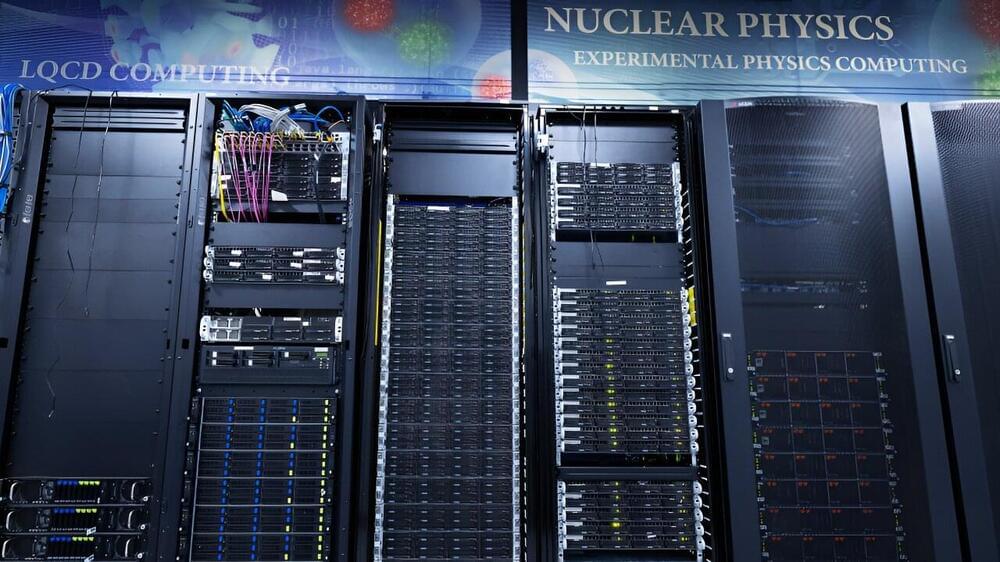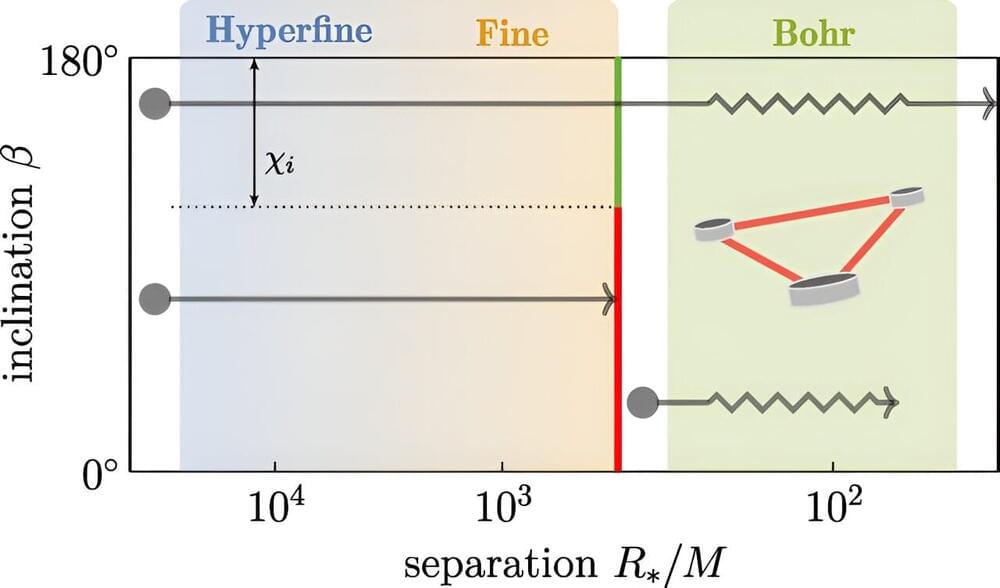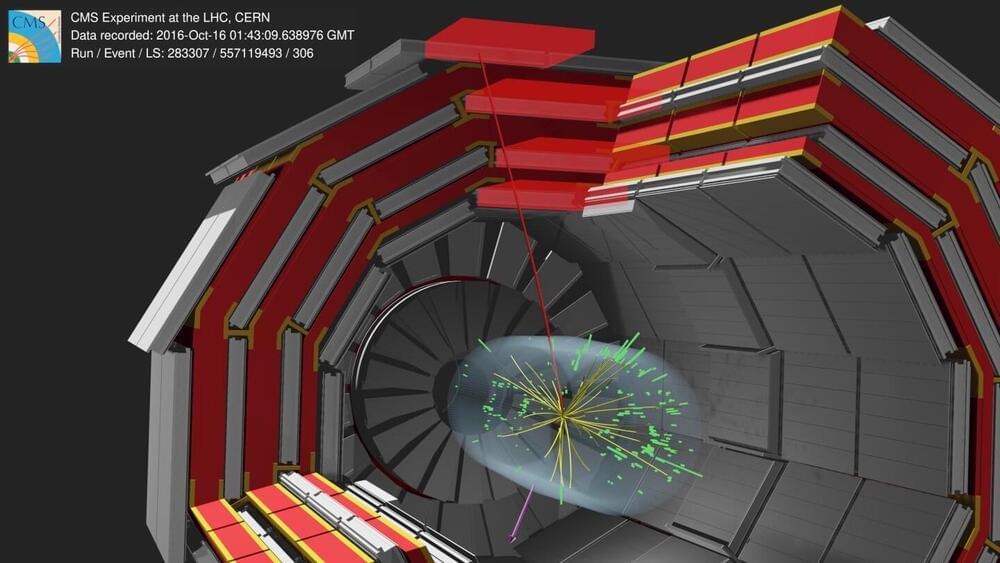Even those of us who aren’t physicists have an intuitive understanding of classical physics — we can predict what will happen when we throw a ball, use a salad spinner, or ease up on the gas pedal.
But atomic and subatomic particles don’t follow these ordinary rules of reality. “It turns out that at really small scales there are a different set of rules called quantum physics,” said Travis Nicholson. “These rules are bizarre and interesting.” (Think Schrodinger’s cat and Einstein’s “spooky action at a distance.”)
Nicholson is an assistant professor with joint appointments in Physics and Electrical and Computer Engineering. The physicist in him likes doing experiments to advance our knowledge of quantum mechanics; the engineer in him likes figuring out how to harness that knowledge to build quantum computers that will be vastly more powerful than today’s computers.
